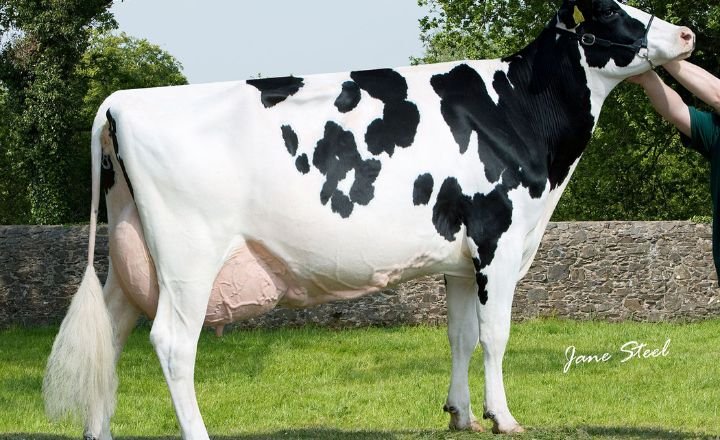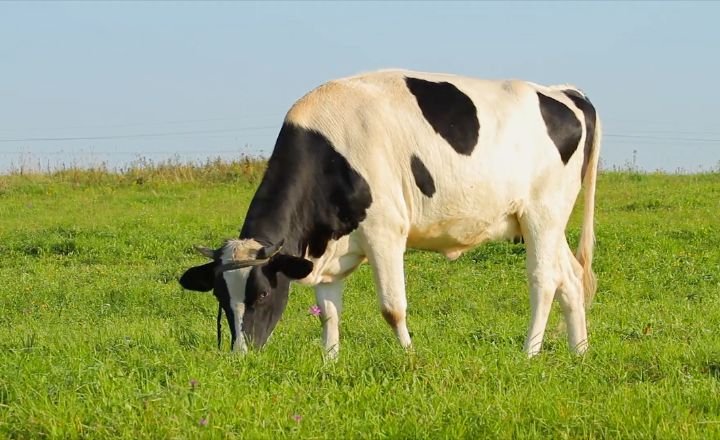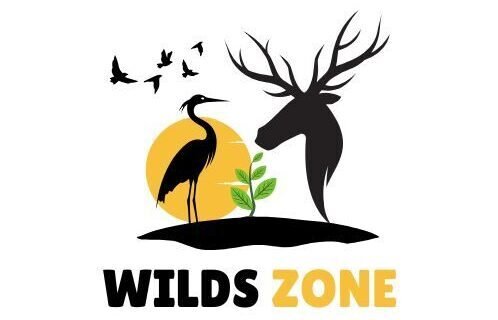Cow shaking a tail shows his feelings and feelings. The cows is not knowingly shake the tail, but it has various reasons, such as its emotional conditions showing relationships with physical needs and environment.
Why Do Cows Wag Their Tails? The process of shaking the tail of a cow is often seen in everyday life but the real reason behind it is few people know. There are many reasons that are related to their daily lives and health.
Happiness or Peace
Cows, often seen as symbols of pastoral tranquility, can teach us profound lessons about happiness and peace. Cows are often seen as simple farm animals, but cow body language reveals complex emotions and social interactions.

When cows are content whether basking under the sun or enjoying fresh grass you’ll notice their tails swishing joyfully back and forth. The cow’s gentle demeanor and social interactions reveal an intrinsic understanding of community living.
Protection from Mosquitoes and Insects
The cow uses its tail to avoid insects and mosquitoes. When the cow shakes the tail, it relieves itself and it becomes a means of avoiding insects and mosquitoes. Mosquito flies and other birds who sit on his body drive them away with its tail. Cows nodding their heads is often misunderstood; it’s more than just a quirky behavior.
The most important purpose of a cow’s tail is to repel mosquitoes and flies that bite its body and cause it pain. The cow constantly wags its tail, which drives insects away from its body. This process also provides comfort to the cow and protects it from insects. When a cow is allergic to fodder or something, it is given wild garlic.
Expression of Anger or Tension
Cows are emotional creatures, just like humans. Their anger or stress is reflected in their movements. When cows are angry and anxious, they wag their tails rapidly. A cow wags its tail, it tells other animals not to come near it because it feels threatened. A cow head shaking meaning can also indicate a cow’s emotional state.

If a cow encounters a problem or change, it wags its tail, as if it were a new environment, a new cow, or an unpleasant experience. If a cow is in pain or sick, it will wag its tail very slowly. If a cow wags its tail with another cow, it is signaling its feelings.
Communication Method
A cow’s tail is not only used for personal hygiene, but it is also an important means of communication. This is a natural process by which cows can communicate with their herd. When a cow wags its tail, its mood or intention is inferred and other animals know its mental state.
The wagging of a cow’s tail not only indicates its condition, but it also gives a defensive signal. This is a natural process that protects it from any harmful substances. The wagging of a cow’s tail brings joy and comfort to other animals, and during this time the cows socialize with each other. Cow behavior also sheds light on the social hierarchies within a herd.
Expression of Stress and Anxiety
If a cow is stressed, there are obvious changes in its tail which shows his physical and emotional state. If a cow wags its tail rapidly, it is stressed. At the same time, the cow’s body also contracts and it is careful to protect itself from danger.
A cow’s expression of stress and anxiety is revealed by the movements of its tail. Symptoms of anxiety and stress indicate that his mental state is not right and he needs comfort. If his condition is known, he can be helped so that he can return to a state of peace and tranquility.
Conclusion
Cows wag their tails in a gentle but energetic manner if they are searching for or interested in something. If cows want to be close to each other, they form their bond by sniffing or touching it. A cow’s tail wagging is a reflection of their emotions, environment, and physical condition.
These movements can be used to assess the condition of the cow and also to understand its feelings. Why Do Cows Wag Their Tails? because cows use their tails to indicate their presence, their circumstances, and their needs, which is a natural process for them.
FAQs
Why do cows wag their tails?
Cows wag their tails primarily to communicate and express emotions, such as contentment or irritation.
Can tail wagging indicate discomfort in cows?
Absolutely. Rapid or agitated tail movements can signal annoyance, stress, or discomfort due to flies or other irritants.
How does tail wagging help with fly control?
Cows use their tails to swat away flies and other pests that annoy them, helping to keep themselves comfortable.
